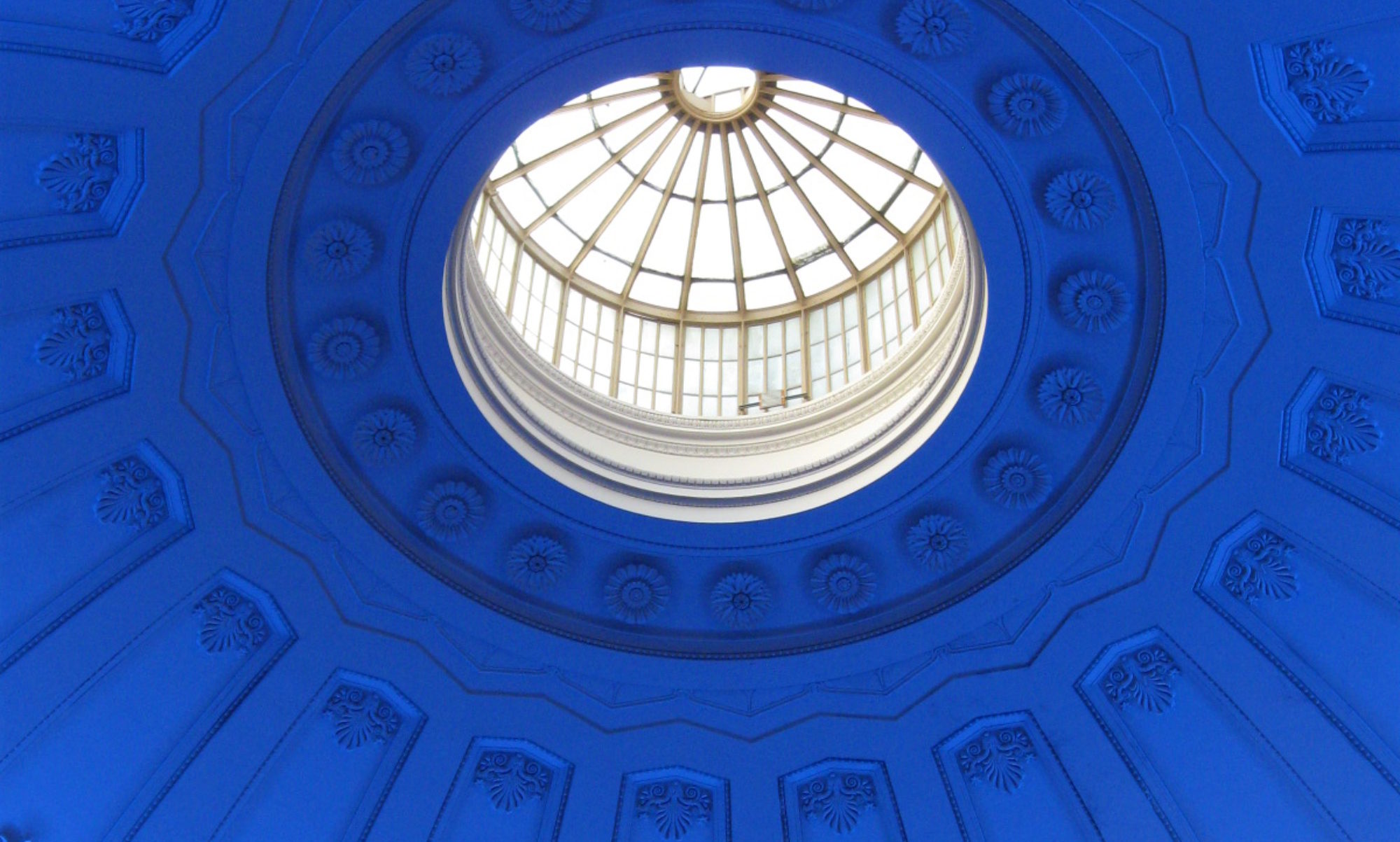By the time the tabernacle and its furnishings and accessories were completed, Israel had been gone from Egypt for a year. They set up everything on the anniversary of the day they left Egypt. Note that everything they used, having been crafted for the purpose by the best craftsmen whom God had gifted with skill and knowledge for the work, and made from the best gifts of the people sacrificed for use in the tabernacle, had to be anointed and consecrated before being used. This was a ceremonial dedication and cleansing. This makes me wonder, do we value ceremony too little in our culture?
Here is a link to a diagram of the layout of the entire set-up, for anyone who is unable to picture it from the description. (Click on the word “link” to open the link.)
Consider each item and its significance:
The wall formed a courtyard which separated the area in which service to God took place. There was some exclusivity in the service and worship of God.
The altar of burnt offering indicated that payment for sin would be a primary feature of their worship and the priests’ service.
The basin indicated that cleansing is also important to God, as is the practical need for washing when the sacrifices are made.
The tent itself housed the Ark of the Covenant, the place where God’s presence would rest in their midst. Of its two rooms, the holiest place, the Holy of Holies, housed the Ark. It was separated from the holy place by a veil, and would be entered only once a year and at great risk to the priest who did so. More on that later. The privilege of entering into God’s presence was very limited.
The holy place was the first room in the tent, which the priests would enter daily for tending to the furnishings. Access to it was limited to the priests who carried out the necessary duties. It housed three items – do you recall them?
The table that held the bread, indicating God’s provision for all their needs, and their trusting in Him to do so.
The lampstand, which symbolized enlightenment, and their reliance on God as their primary and most authoritative source of truth, guidance and wisdom.
The altar for burning incense, which symbolized prayer.
When everything was set up, God’s glory entered the tabernacle visibly, signifying to the people that He was pleased with their work. They had followed His instructions well, and He was pleased!
Consider again what the worship laid out here speaks to you about your own worship of God.
We have finished our third book of the Bible! For those of you who have read every day, you hopefully have established reading as a habit. If you maintain it, God will bless you for it. For those of you whose reading hasn’t been consistent enough to satisfy your conscience, don’t give up! There is still plenty of time for you to work on it; keep trying! Accept the truth that God has given you what you need to live a godly life, seek His help to resist Satan’s temptation to quit or give in to discouragement, and exercise the choice His power gives you to do what He calls you to do. You can overcome with His help! Which does remind us that prayer is a vital part of our reading.
